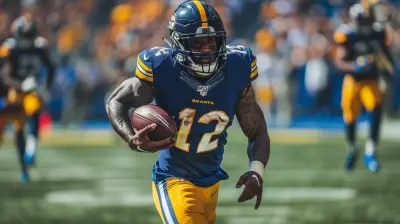Why Rebounding is the Most Underrated Stat in Basketball
23 September 2025
When you think of the most exciting stats in basketball, what comes to mind? Points per game? Assists? Maybe steals or blocks if you're into defense. But how often do you hear someone rave about rebounding?
Exactly.
Rebounding is often treated like the side salad next to a sizzling steak of scoring highlights. It’s there, it’s important, but it’s rarely the main focus. And that’s not just a shame — it’s a disservice to the very heartbeat of the game.
So let’s dig a little deeper and unpack why rebounding might just be the most slept-on stat in the game of basketball.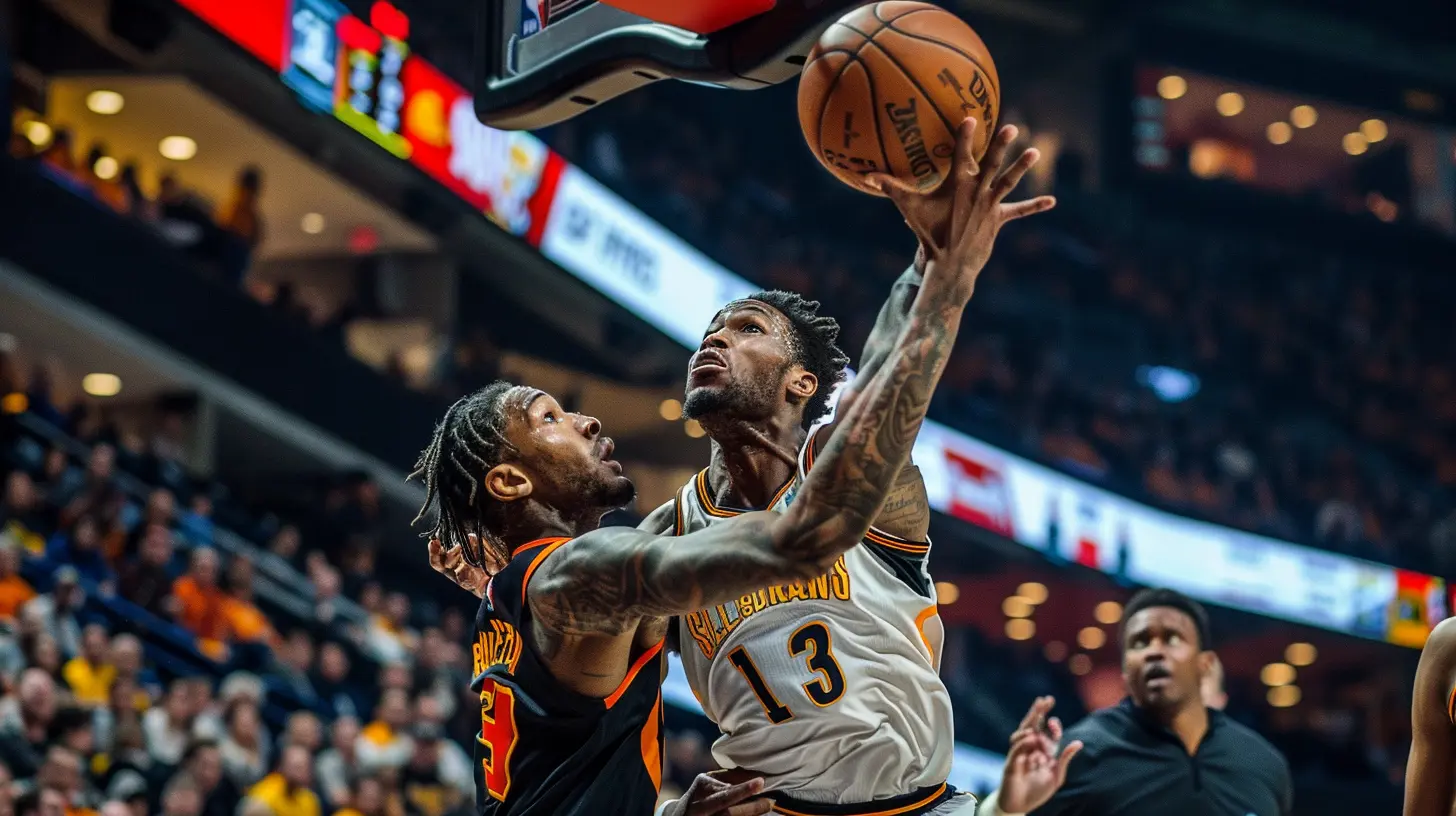
What Is Rebounding… Really?
At its core, rebounding is about one thing: possession. Whether it's an offensive rebound or a defensive rebound, grabbing the ball after a missed shot is like hitting the reset button. You either stop the opponent's chance to score or give your team another shot. Literally.But here's the kicker: rebounds don’t show up in highlight reels. They're the blue-collar work of basketball. The janitor plays. The ones that clean up the mess.
And that’s exactly what makes them so valuable.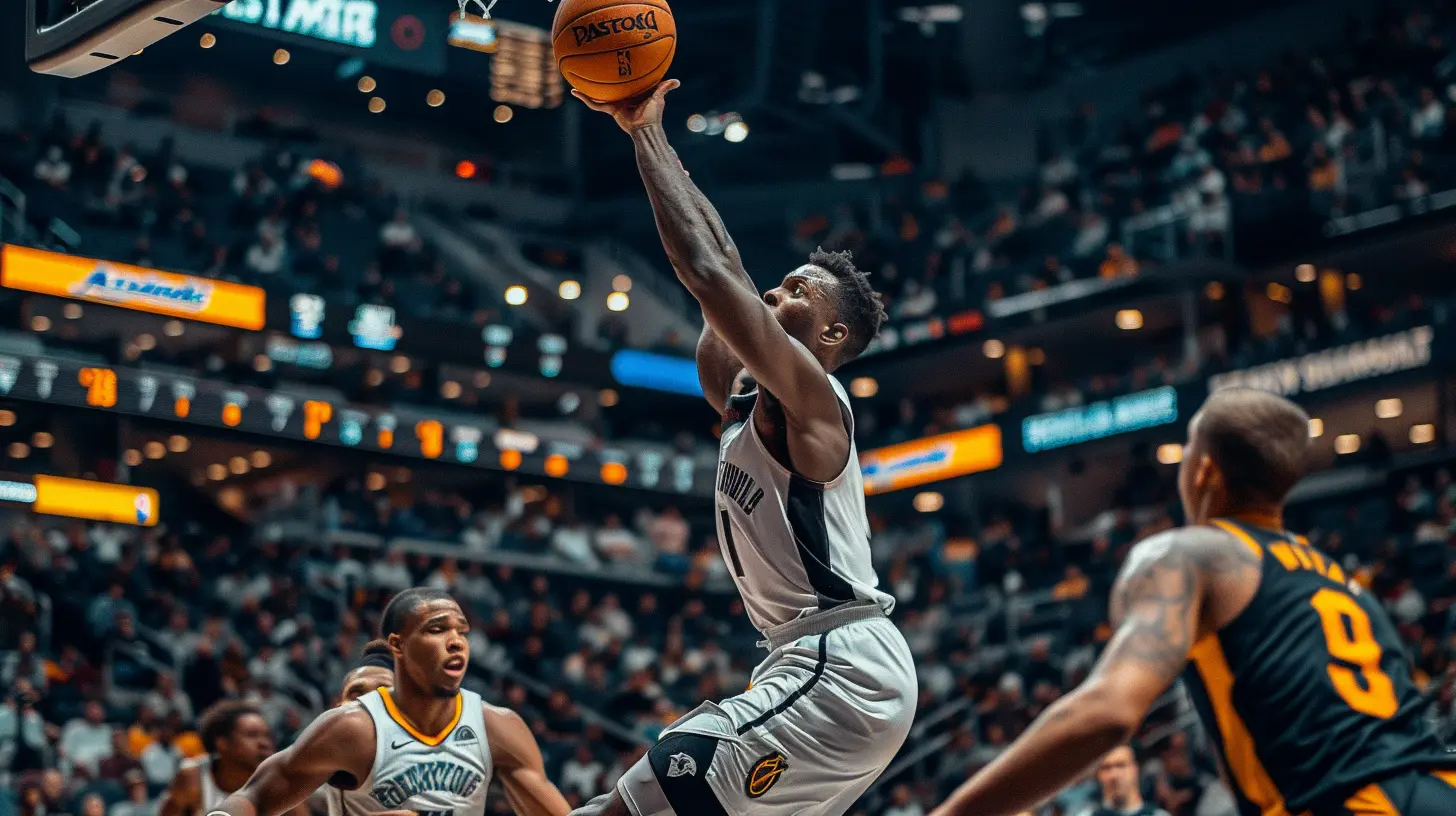
The Hidden Power of Possession
Think of basketball like a chess match. Every possession is a move. The more moves you get, the better your chances to win. Grabbing a rebound is like earning an extra turn, and no team ever complained about having too many of those.Offensive rebounds? Oh boy, they sting your opponent. Imagine playing solid defense for 24 seconds, forcing a tough shot, and then BAM — the offense rips the board and resets. Demoralizing, right?
On the flip side, defensive rebounds seal the deal. You get the stop, and instead of giving the offense second life, you claim the prize and push it the other way.
So, next time someone says rebounds don’t matter, remind them — rebounds are tickets to opportunity.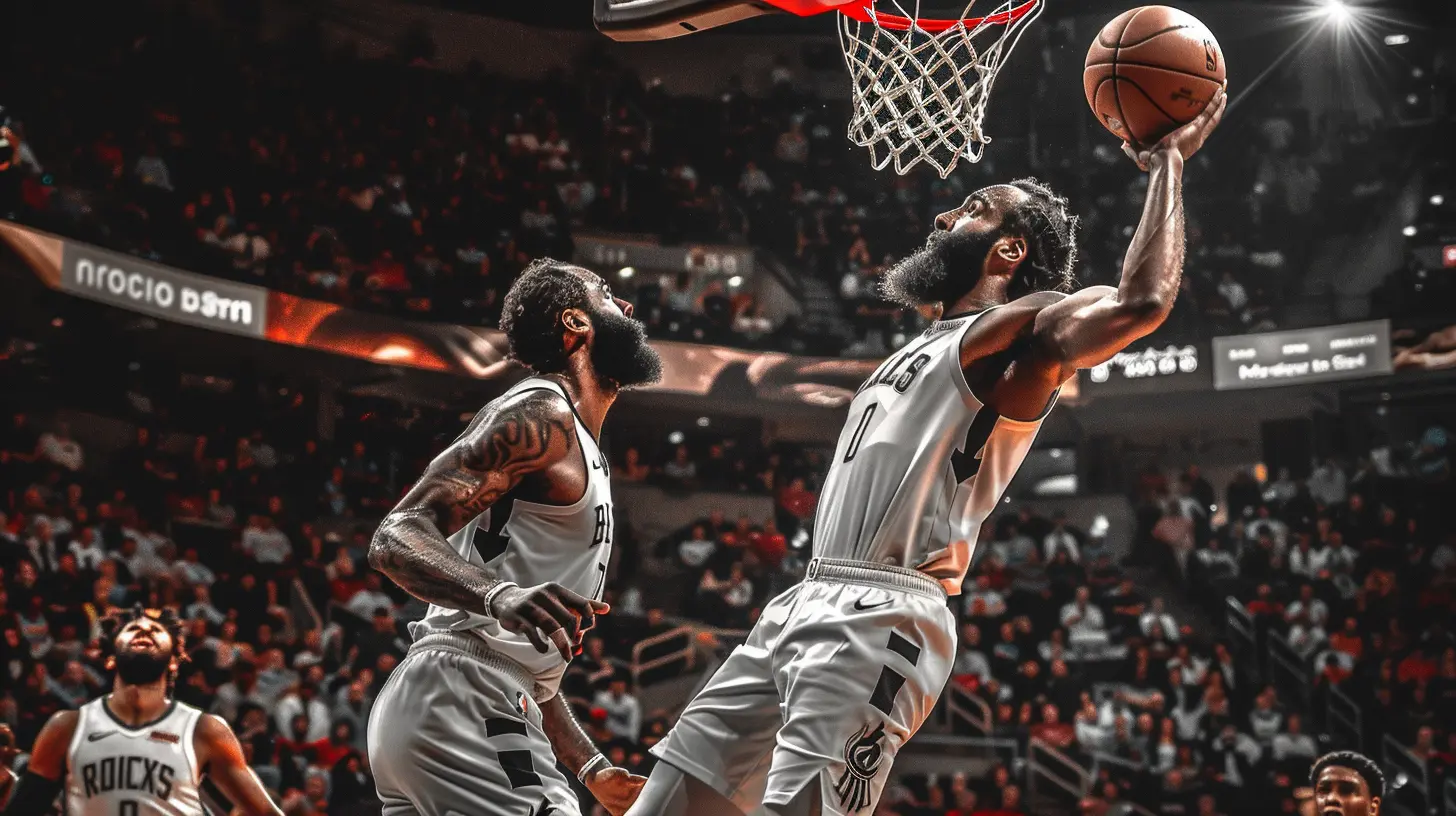
The Rebounders Who Changed the Game
Let’s give some flowers to the rebounding kings.- Dennis Rodman: The Worm wasn’t a scorer. He didn’t dish flashy assists. But he owned the glass like it paid rent. Rodman led the league in rebounds per game for seven straight years. That’s dominance. And it helped his teams win — a lot.
- Moses Malone: One of the best offensive rebounders ever, Malone turned missed shots into points like magic. He was a walking second-chance bucket.
- Bill Russell: Before stats were a big deal, Russell was already dominating the boards. His rebounding helped the Celtics build one of the most iconic dynasties in sports history.
Each of these players impacted games in ways that didn’t always show up on billboards, but man, they mattered.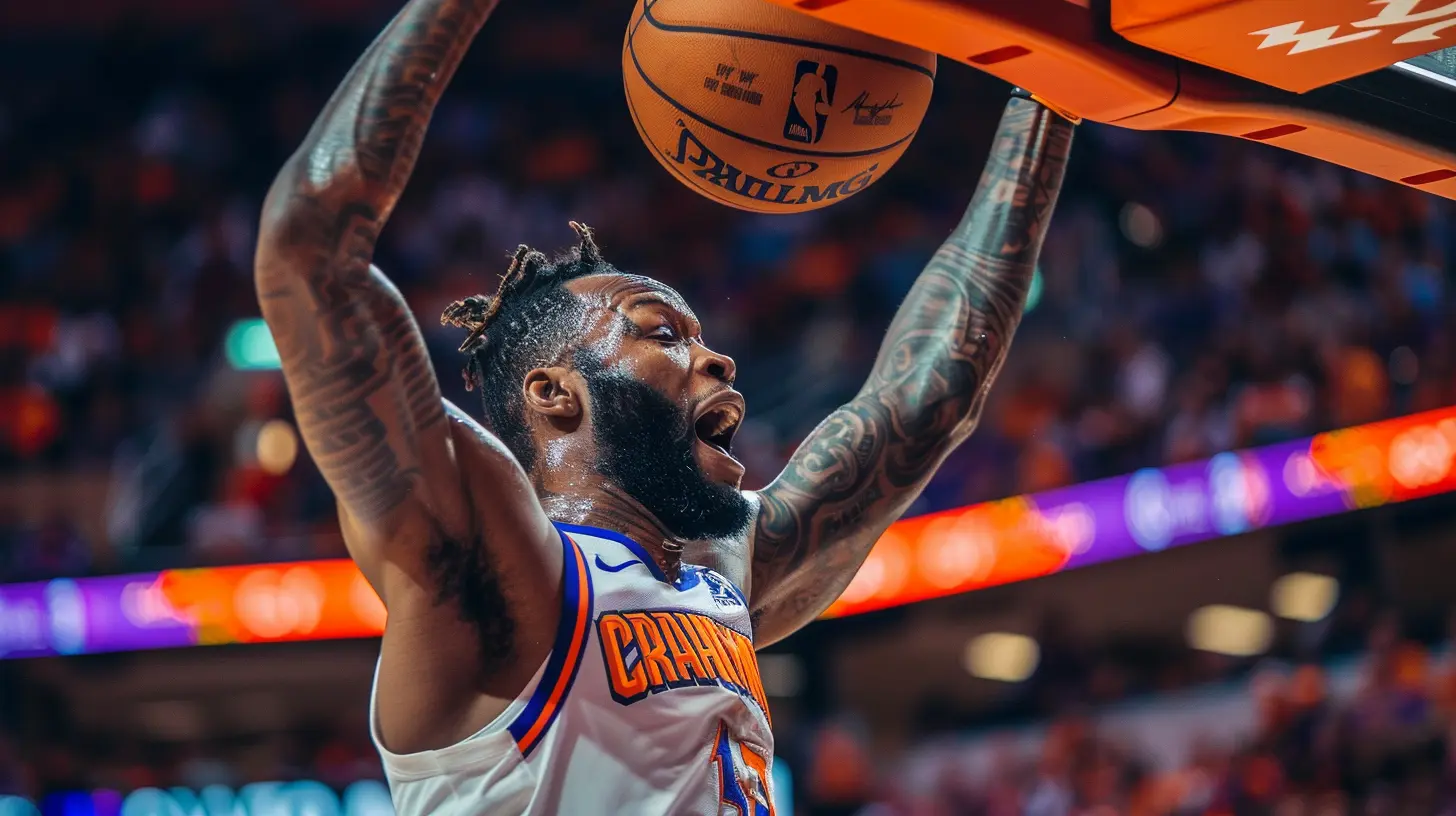
Why Rebounds Don’t Get the Love They Deserve
Let’s face it — rebounds aren’t sexy.They don’t get the crowd on its feet like a poster dunk. They don't go viral on social media like a step-back three. And they certainly don’t show up on the scoreboard directly.
But here’s the thing: rebounds are often the reason those dunks and threes happen. A big defensive board can start a fast break. An offensive rebound creates chaos and open looks outside the arc.
Rebounds are like the foundation of a building. You might not notice them, but without them? Everything crumbles.
Stats Don’t Lie: Why Rebounding Wins Games
Let’s crunch some numbers — not too painfully, I promise.Teams that dominate the boards tend to control the pace and the score. According to multiple analytical studies, teams leading in total rebounds often have a higher winning percentage. It’s not rocket science. When you limit your opponent’s chances and give yourself more shots, good things happen.
Also, the advanced stat called "rebound percentage" (the percentage of missed shots your team rebounds) offers an even clearer picture. Elite teams usually shine in this category.
Rebounding gives you control. And in basketball, control is everything.
The Forgotten Heroes: Role Players and Rebounding
Stars often get the spotlight for scoring, but role players who rebound well can be game-changers.Think about guys like:
- Tristan Thompson during the Cavaliers' 2016 title run.
- Joakim Noah, who wasn’t flashy but was ferocious on the boards.
- Steven Adams, quietly dominating the glass to keep his team stable.
These are the glue guys. The ones who make life easier for scorers. Coaches love ‘em. Teammates respect ‘em. And fans should probably start paying more attention.
Big Men Are Evolving — But The Boards Still Matter
Modern basketball is stretching the floor more than ever. Bigs are launching threes, and small-ball lineups are all the rage. But guess what? Rebounding hasn’t gone out of style.In fact, it’s more valuable than ever.
Why? Because fewer traditional bigs on the floor often means fewer dominant rebounders. If your team can rebound well, that’s a huge weapon. It gives small-ball teams an edge in hustle and extra possessions.
So even if the game looks different, the need for boards remains the same.
Guard Rebounders: The Underdog Stat-Stuffers
Let’s lift up the guards getting grimy in the paint.- Russell Westbrook: Love him or hate him, you can’t deny he's one of the best rebounding guards ever. His ability to snag boards and push the pace changed OKC’s entire flow.
- Jason Kidd: Another rebounding monster as a point guard. He always found a way to crash the glass and kick-start the break.
Guards who rebound well add a whole new layer to a team’s versatility. Suddenly, you don’t need to wait for a big to dish it out on a rebound. Just grab and go.
It’s fast, it’s fluid, and it’s fun to watch.
Rebounding and Hustle: The Mental Side
Rebounding isn’t just physical. It’s mental.It shows who wants it more. Who's willing to battle in the trenches. Who’s reading the path of the ball before it even hits the rim.
You don’t need a 40-inch vertical to be a great rebounder. You need timing, positioning, anticipation — and heart.
That’s why some of the best rebounders weren’t the tallest or strongest. They were just relentless.
Hustle wins boards. And boards win games.
Coaching 101: Why It’s Taught First
Go to any basketball practice, from pee-wee leagues to Division I colleges, and you know what coaches drill into players early? Rebounding.Why? Because it’s fundamental. You don’t build a dynasty on highlights — you build it on habits.
Great teams rebound as a unit. They box out, crash the glass, and fight for every loose ball. It’s not glamorous. But it’s gospel.
Fantasy Basketball Tip: Don’t Sleep on Rebounds
Alright, fantasy freaks — a little nugget just for you.If you’re building a fantasy basketball team, rebounding is often where you can find sneaky value. Scoring and assists get all the spotlight, but a solid big who consistently grabs 10+ boards a game? That’s gold.
Look for players who contribute across the board and especially control the glass. They’re the unsung MVPs of winning squads — virtual or real.
Conclusion: Respect the Rebound
So, the next time you're watching a game and a player fights through contact, carves out space, and pulls down a clutch rebound — take a second to appreciate the art.Rebounds might not be flashy, but they’re foundational.
They don’t just happen. They’re earned.
And maybe, just maybe, they’re the most underrated — yet most essential — stat in all of basketball.
all images in this post were generated using AI tools
Category:
BasketballAuthor:

Easton Simmons
Discussion
rate this article
1 comments
Zephyros McCaw
Great article! Rebounding truly is the unsung hero of basketball. It not only reflects effort and determination but also sets the tone for the game. Thanks for shedding light on this crucial aspect of the sport!
October 5, 2025 at 3:23 AM

Easton Simmons
Thank you for your kind words! I’m glad you found the article insightful. Rebounding is indeed vital to the game!
